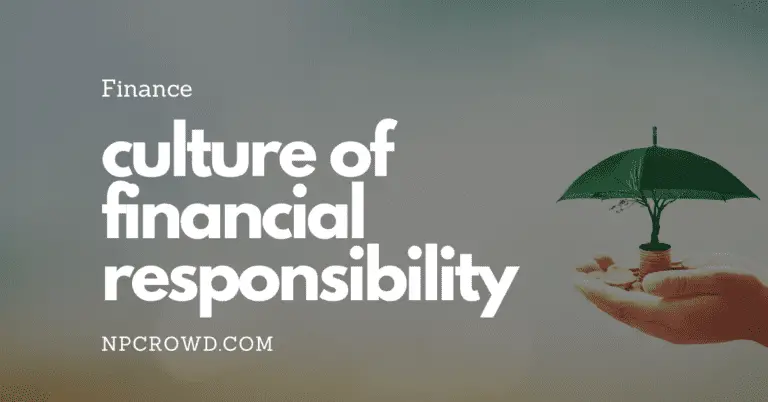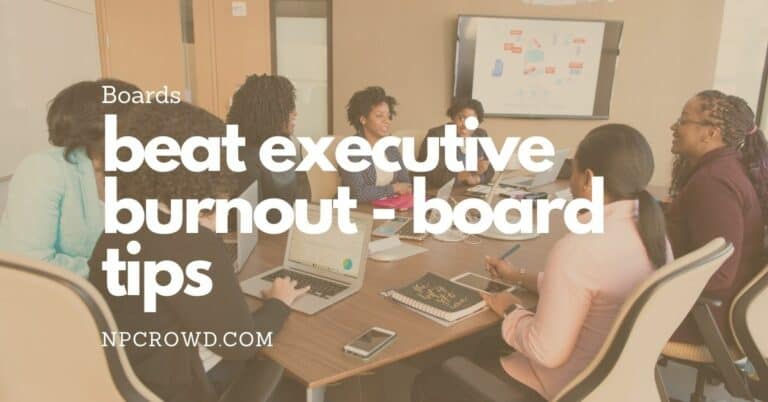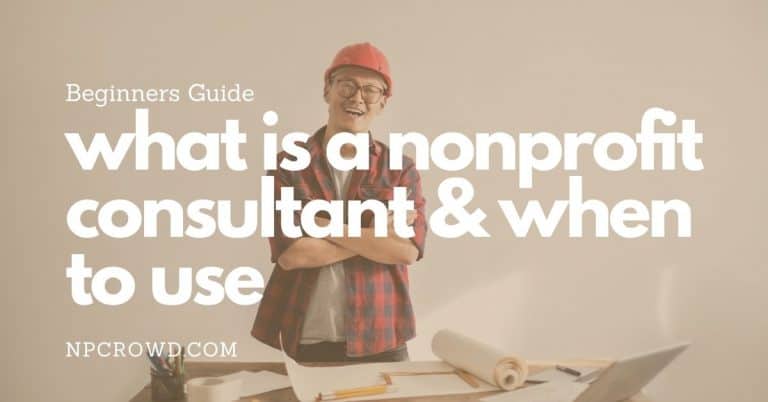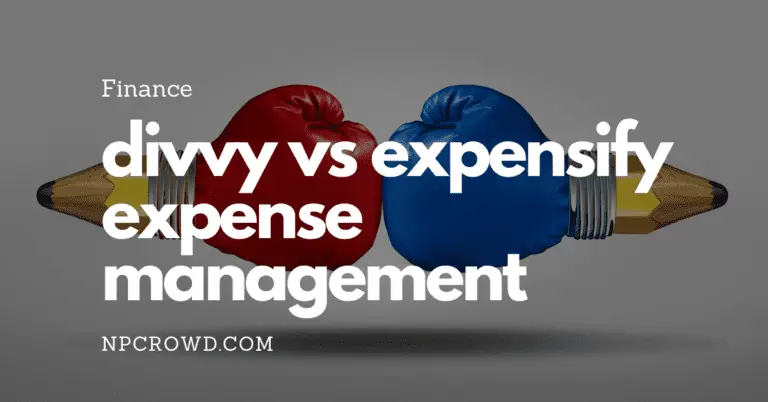Nonprofit Strategic Planning: A Simplified Step-by-Step Guide
Disclaimer: This post may contain affiliate links. These links, if used and purchases made, we may earn a small commission. These affiliate programs do not impact the recommendations we make or the resources we refer you to. Our focus is on providing you the best resources for your nonprofit journey.
Nonprofit organizations face unique challenges that require strategic thinking and decision-making. To navigate this landscape, strategic planning plays a pivotal role. It allows nonprofits to align their mission and vision with operational objectives and actionable strategies. This article provides a comprehensive step-by-step guide to strategic planning for nonprofits.For illustration purposes, we will present a fictitious example of a nonprofit called “Feed the Community,” a food bank serving a mid-size city.
Step 1: Preparation
Strategic planning is a process that requires a well-defined scope, timeframe, and participation from stakeholders. It includes clarifying the purpose of planning, identifying who should be involved, and what resources are needed. A planning committee is often formed to oversee the process.
In the case of Feed the Community, they formed a planning committee consisting of board members, staff, volunteers, and representatives from their community partners. They decided that the strategic planning process would span over three months, with weekly meetings.
Step 2: Mission and Vision Statement
The mission statement describes why the organization exists and the needs it meets, while the vision statement describes the future state the organization aspires to achieve. These two statements provide the overall direction for strategic planning.
Feed the Community’s mission statement is, “To eliminate hunger in our community by providing nutritious food to families in need.” Their vision statement is, “A community where all families have access to the food they need to thrive.”
Step 3: SWOT Analysis
The SWOT analysis identifies the organization’s strengths, weaknesses, opportunities, and threats, forming the basis for strategy formulation.
Feed the Community identified their strong relationships with local food providers (strength), lack of volunteer training program (weakness), an opportunity to collaborate with other local nonprofits (opportunity), and a threat from an upcoming supermarket chain that could reduce their food donations (threat).
Step 4: Establish Strategic Goals and Objectives
These are the high-level outcomes that the organization seeks to achieve in line with its mission and vision. Objectives are more specific, measurable actions toward achieving the goals.
Feed the Community establishes their strategic goals: To increase the quantity and quality of food distributed, and to enhance community awareness and support. Objectives to support these goals are set, like increasing food distribution by 15% in the next two years and hosting quarterly community engagement events.
Step 5: Strategy Formulation
Based on the goals, objectives, and SWOT analysis, the organization forms strategies that outline how the goals and objectives will be achieved.
The strategies to achieve Feed the Community’s goals include strengthening relationships with local food providers, implementing a new volunteer training program, and launching a community outreach campaign.
Step 6: Implementation Plan
An implementation plan breaks down the strategies into actionable tasks, with clear roles and timelines.
Feed the Community’s implementation plan includes tasks like meeting with local farmers, developing a training curriculum for volunteers, and planning a kickoff event for the community outreach campaign. Each action step is assigned a responsible staff member and a deadline.
Step 7: Monitoring and Evaluation
Regular monitoring and evaluation ensure the plan is on track and adjusts as necessary. It includes defining key performance indicators and establishing a feedback mechanism.
Feed the Community puts a system in place to monitor their progress. They decide to track metrics such as pounds of food distributed, number of volunteers trained, and attendees at community events.
A Unique Perspective: Strategic Planning as an Opportunity
Strategic planning is often seen as a tedious process, something to be completed and then set aside. However, strategic planning should be viewed as an opportunity, – a chance to engage your stakeholders, to reflect on your achievements, and to imagine the future. It’s an investment in your nonprofit’s success and sustainability.
Feed The Community’s Strategic Plan: A Closer Look
In light of the steps we’ve discussed, let’s delve into Feed The Community’s strategic plan and analyze it further.
Mission and Vision
Feed The Community’s mission and vision statements are their north stars, guiding every step in their strategic planning. Their mission, “To eliminate hunger in our community by providing nutritious food to families in need,” emphasizes the immediate need they address – hunger. Their vision of “A community where all families have access to the food they need to thrive,” paints a picture of the future they aim to create.
SWOT Analysis
Through a thorough SWOT analysis, Feed The Community identified:
- Strengths: Strong relationships with local food providers and a dedicated volunteer base.
- Weaknesses: A lack of volunteer training program, limiting the effectiveness of their volunteers.
- Opportunities: The potential to collaborate with other local nonprofits to increase their reach and impact.
- Threats: The upcoming supermarket chain which could disrupt their food donations.
This analysis provided critical insights that informed their strategic goals and objectives.
Strategic Goals and Objectives
Feed The Community set two strategic goals:
- Increase the quantity and quality of food distributed.
- Enhance community awareness and support.
These goals led to specific objectives such as:
- Increase food distribution by 15% over the next two years.
- Launch a volunteer training program within the next six months.
- Host quarterly community engagement events to raise awareness.
Strategy Formulation
With their goals and objectives set, Feed The Community’s strategies began to take shape. For instance, to increase food distribution, they decided to strengthen their relationships with local food providers, identifying additional sources of nutritious food. To address the lack of a volunteer training program, they aimed to create a curriculum that covers safe food handling, distribution logistics, and customer service. Lastly, to enhance community awareness, they chose to launch a community outreach campaign, starting with a major kickoff event.
Implementation Plan
The implementation plan for Feed The Community became a roadmap for turning their strategies into action. Each task was given a deadline and a responsible party. For example, the development of the volunteer training program was assigned to the Volunteer Coordinator, with a six-month deadline for launch.
Monitoring and Evaluation
Feed The Community defined key performance indicators (KPIs) to monitor their progress. These included the number of pounds of food distributed, the number of trained volunteers, and attendance at community engagement events. They also set up a feedback loop with their staff and volunteers to ensure they were responsive to any necessary adjustments.
In this way, Feed The Community developed a comprehensive strategic plan that directly responded to their specific needs and context, set clear and measurable objectives, and created a robust plan for achieving their goals. By applying the same methodology, any nonprofit can create a strategic plan that will guide them toward achieving their mission and vision.
Final Thoughts: Lessons from Feed The Community’s Strategic Planning
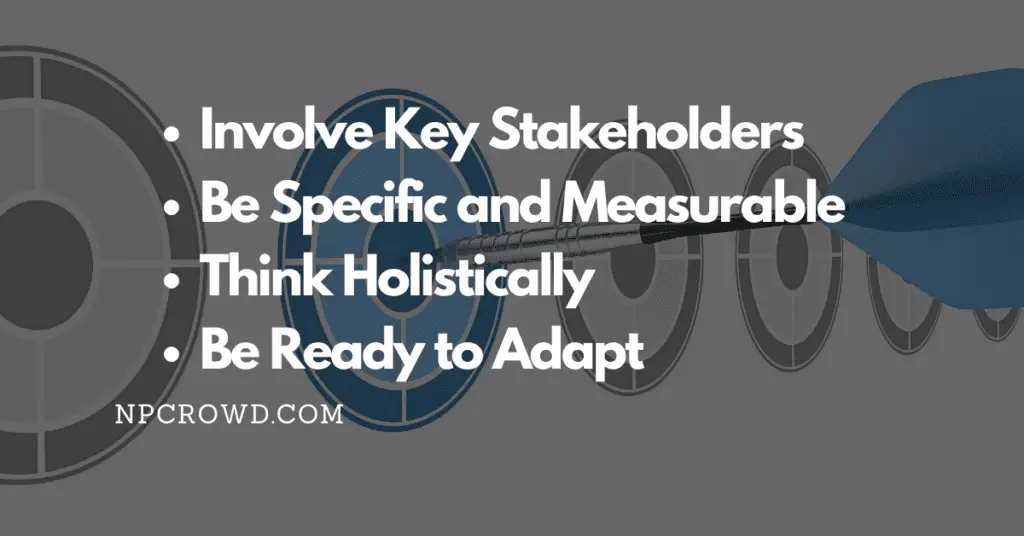
Feed The Community’s journey in strategic planning underscores the importance of a systematic, thorough, and participatory approach in charting the future of a nonprofit. Every step was geared toward ensuring the plan’s alignment with its mission, adapting to its strengths and weaknesses, seizing opportunities, and mitigating threats.
Here are some takeaways:
- Involve Key Stakeholders: Feed The Community involved their staff, volunteers, and board in the process. This inclusivity not only brought diverse insights to the table but also fostered ownership of the plan, which is critical for successful implementation.
- Be Specific and Measurable: Their strategic goals translated into specific, measurable objectives, making it clear what success would look like and how it would be measured.
- Think Holistically: The plan wasn’t just about increasing food distribution. It also aimed to enhance community awareness and support, and to improve the volunteer program, reflecting a holistic understanding of their organization and community.
- Be Ready to Adapt: They understood that strategic planning is not a set-and-forget exercise. Regular monitoring, evaluation, and feedback systems were set up to adapt to changes and ensure continual alignment with their mission and vision.
Ultimately, Feed The Community’s experience illustrates that strategic planning, when executed well, can enable nonprofits to magnify their impact and enhance their sustainability. With a well-crafted strategic plan in place, nonprofits can navigate the future with clarity, confidence, and a renewed commitment to their mission.
Frequently Asked Questions (FAQ)
1. How often should a nonprofit review its strategic plan?
Typically, a strategic plan should be reviewed annually to assess progress, adjust to changes, and plan for the next year. However, it might be necessary to review and adjust the plan more frequently, depending on how rapidly the nonprofit’s environment is changing.
2. Who should be involved in the strategic planning process?
Strategic planning should involve key stakeholders, such as board members, staff, volunteers, and even beneficiaries. Their diverse perspectives can enrich the plan and foster a sense of ownership, increasing the likelihood of successful implementation.
3. How long should the strategic planning process take?
The duration of the strategic planning process can vary depending on the size and complexity of the organization, the level of stakeholder involvement, and the urgency of the strategic issues to be addressed. However, most nonprofits find that the process takes several weeks to a few months.
Related Reading
- Bryson, John M. “Strategic Planning for Public and Nonprofit Organizations: A Guide to Strengthening and Sustaining Organizational Achievement.” Wiley, 2018.
- Matrix Mapping for Nonprofits: Achieving More by Doing Less – NPCrowd
- Hiring Nonprofit Consultants: Is It Worth it – 6 Scenarios – NPCrowd
- A Comprehensive Guide to Nonprofit Strategic Plan [+ Free Template]


